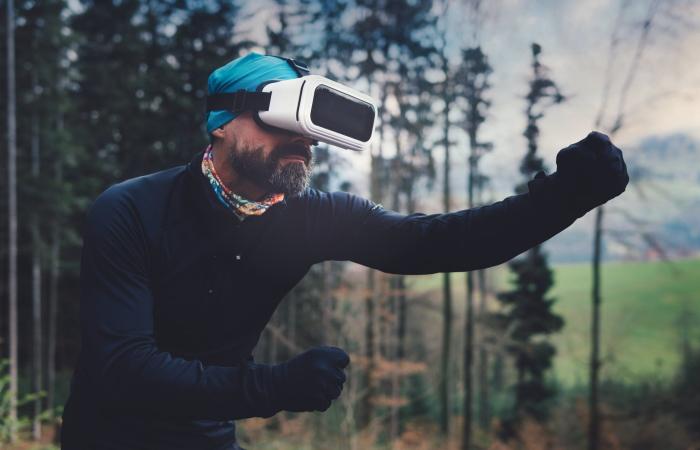Big data and training optimization, how technology helps athletes
Today, all sports disciplines try to implement new technologies in favor of the so-called fair play or fair game. Technological improvements have been implemented throughout history, from inputting timers on the racetrack to replaying to clear up dubious plays. For example, in 2018, the world of football witnessed one of the biggest changes in the history of the FIFA World Cup: the introduction of VAR, video assistant referees.
Its implementation improved the ability of referees to make more objective decisions, without suggesting any favoritism on the part of any authority. Despite the controversies, VAR allows the referee a second look in order to award penalties, red cards and decide whether or not a player was out of the game.
In the case of tennis, hawk-eye technology and instant replays helped mitigate human error. Clubs such as the Toronto Raptors and Real Madrid developed alliances with IBM and Microsoft, respectively, to generate a database capable of providing player statistics in real time.
A fundamental factor for every athlete is to improve and optimize training methods, for this, both the coach and the athlete must be updated. Thanks to the use of tracking and video devices, the team behind an athlete collects the necessary information for a correction and adaptation of the training.
Synergistically with training optimization, smart clothing was able to add to the athlete's sports development. In 2016, textile technology was developed to eliminate sweat by evaporation, preventing it from remaining impregnated in the garment. Clothing is currently being developed with monitoring of vital signs -heart rate, oxygen saturation, among others-, to improve attention to the athlete's training and health.

Regarding big data, the quality of the data collected is essential. In this sense, Sergi Oliva, coach of the Philadelphia 76ers in the NBA, spoke about the need to distinguish between collecting large amounts of data and selecting a data set that contributes something important.
Charlie Rohlf, the NBA's senior director of statistical technology product development, felt that data analysis should always be done with an educational facet in mind. A viewer may show more interest if he discovers new insights through the information he receives.
These technologies have only considered players and their team, but how does the viewer benefit? In the first instance, it is necessary to take into account that television continues to be the mass media for accessibility to sporting events.
Despite the preference for television channels, some platforms do not want to be left out of the game and seek to be active participants in sports broadcasting. VOD, DAZN and even YouTube are carving out a place for themselves among the top partners of sporting events. Only in 2018 with the Winter Olympics in the city of Pyeongchang, the South Korean company Intel ensured the largest virtual experience with 30 live and on-demand events.
There are two important projects to make the experience in the stadiums more pleasant called Smart Booking and Smart Stadium. The first is a system for the control and sale of seats in the stadium; it helps to make known if a place, previously occupied, will be free due to the absence of a spectator. This helps reduce empty locations by increasing sales by fifteen percent.
Smart Stadium is a development whose purpose is to outline attendance at the stadium, to differentiate between fans such as tourists and loyal fans who follow all the matches. The purpose of this is to help the stores inside the enclosure to select the appropriate products for each one, increasing the consumption of the stadium.
To guarantee not only a pleasant experience for the attendee, but also its security, the stadiums use facial recognition. This to identify and reduce criminal activity and the excesses caused by rioters, who could be creditors from an economic sanction to the permanent veto of the venue.
Sports technology like big data and training optimization is here for the sole purpose of serving athletes and spectators. This will help improve the sports experience for fans and investors in every way.
DOWNLOAD THE NOTEFOLLOW US ON GOOGLE NEWS




